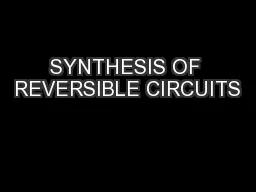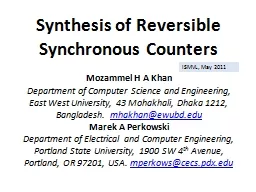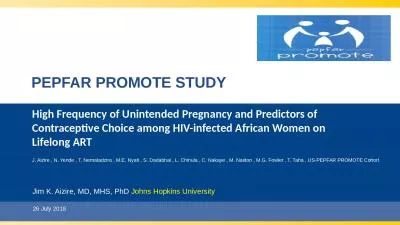PPT-Use of Long Acting Reversible Contraceptives (LARC)
Author : conchita-marotz | Published Date : 2018-10-31
in Job Corps Sara Mackenzie MD MPH At the end of this session participants will be able to Identify individual factors contributing to high unintended pregnancy
Presentation Embed Code
Download Presentation
Download Presentation The PPT/PDF document "Use of Long Acting Reversible Contracept..." is the property of its rightful owner. Permission is granted to download and print the materials on this website for personal, non-commercial use only, and to display it on your personal computer provided you do not modify the materials and that you retain all copyright notices contained in the materials. By downloading content from our website, you accept the terms of this agreement.
Use of Long Acting Reversible Contraceptives (LARC): Transcript
Download Rules Of Document
"Use of Long Acting Reversible Contraceptives (LARC)"The content belongs to its owner. You may download and print it for personal use, without modification, and keep all copyright notices. By downloading, you agree to these terms.
Related Documents














